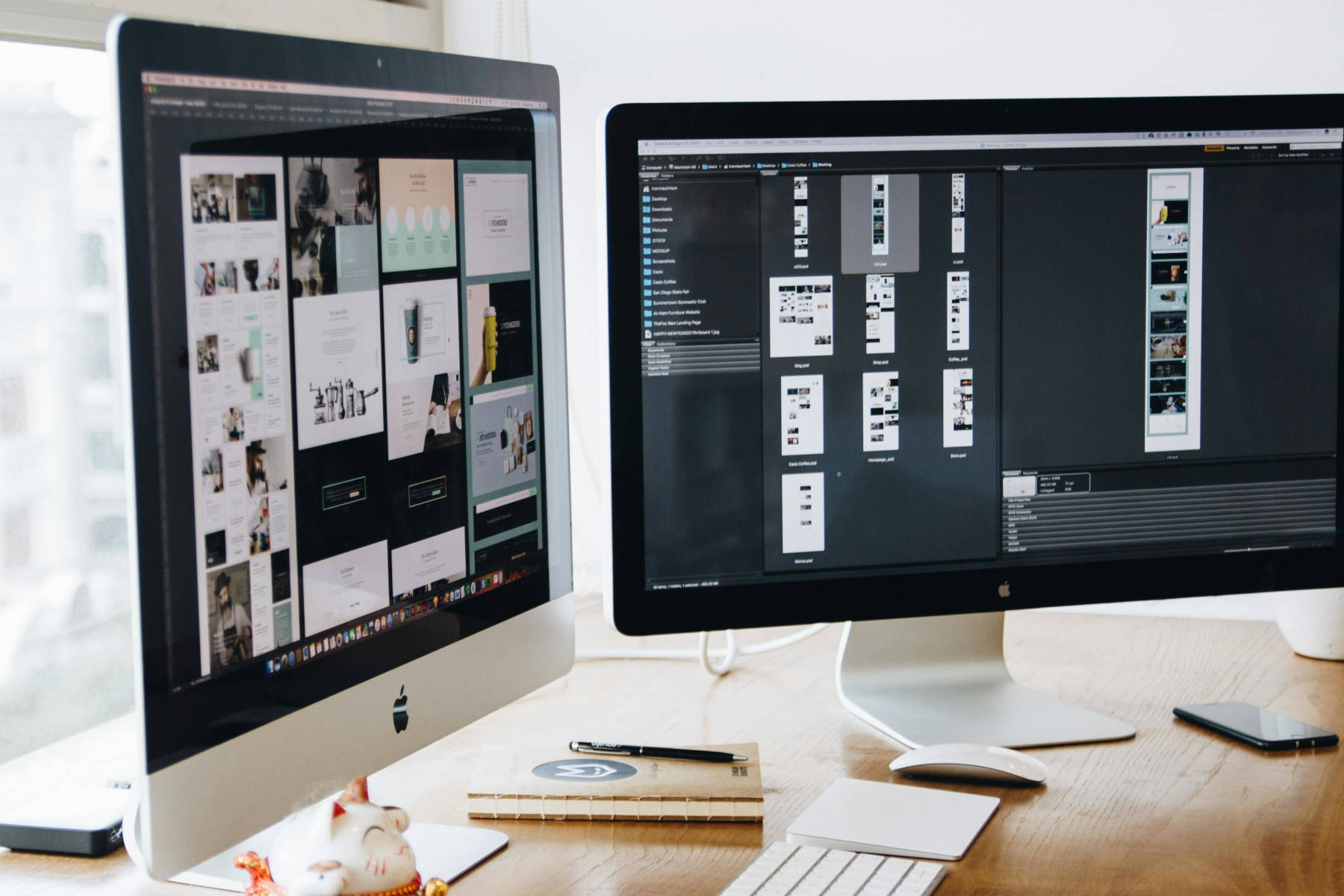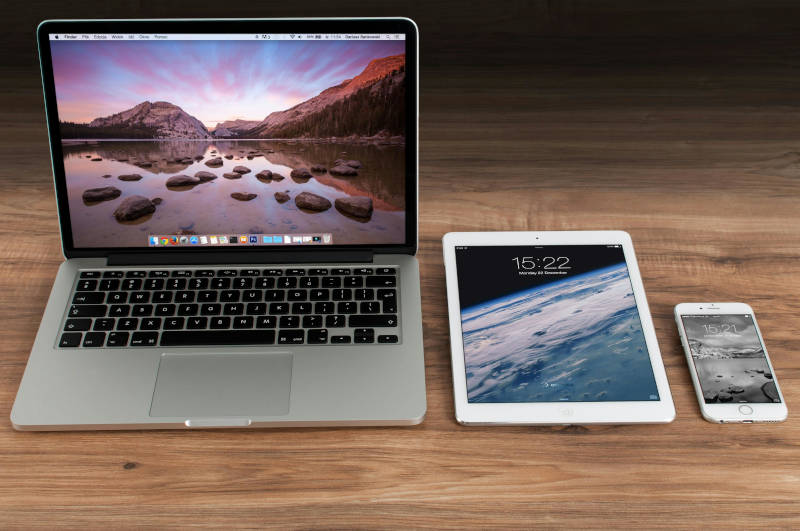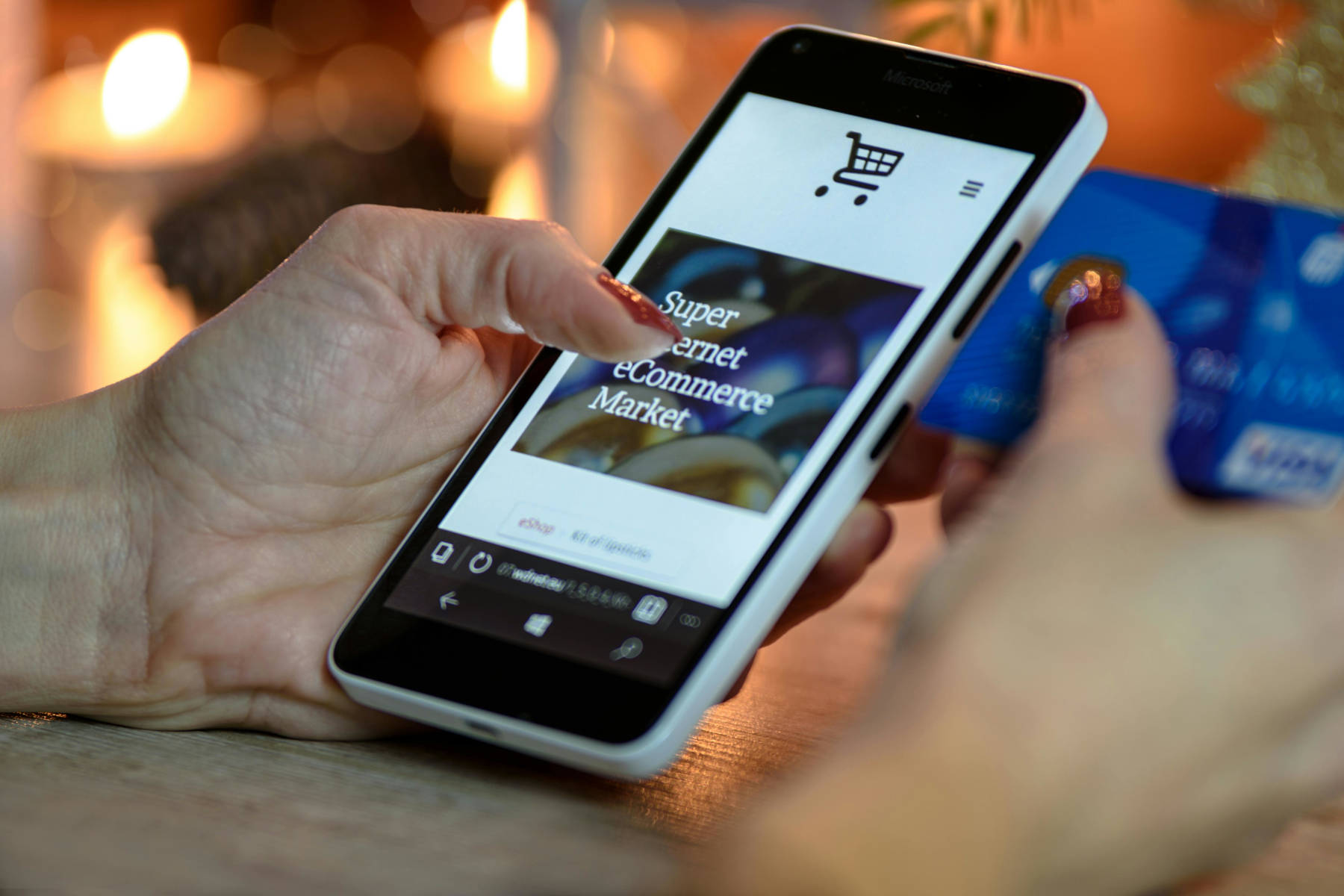Website Design Creation
In today’s market, web design has become a crucial success factor for any business. Website Design Creation is not just about visual appeal but also about functionality, intuitiveness, and the ability to capture the target audience’s attention. Constantly changing trends and technological advancements shape the approach to web design, allowing companies to create unique and personalized user interfaces. This article explores the key trends and specifics of creating modern website designs.
Minimalism and User-Friendly Interfaces
Minimalism remains one of the leading trends in web design. Clean lines, straightforward elements, and simple color schemes make a website visually appealing and easy to digest. A minimalist approach avoids unnecessary details, helping users focus on the essential information.
The main principles of minimalism include:
- Simplified Navigation. Simple, intuitive navigation elements enhance the user experience by allowing visitors to quickly find the information they need.
- Ample Space and Clear Emphasis. Minimalist design often uses whitespace to highlight key elements on the page. For example, emphasis can be achieved through color, size, or placement.
- Ease of Content Consumption. This design reduces the cognitive load on the user, making the site convenient and visually pleasing.
Minimalism not only improves the website’s readability but also speeds up performance, benefiting both SEO and user retention. Therefore, it is essential to keep simplicity and usability in mind during Website Design Creation.
Website Design Creation: Personalization and Interactive Elements
A site that adapts to user needs significantly increases the likelihood of positive engagement. Personalization has thus become a crucial trend, enhancing the user experience.
Website Design Creation: Interactive Elements
- Animations and Scroll Effects. Dynamic elements, such as smooth scrolling, color changes, or shape-shifting interactions, make the website more engaging and lively. Animations also capture attention and guide users to important sections.
- Responsive Buttons and Menus. Personalized buttons and dropdown menus that adjust based on user behavior make the interface more flexible and user-friendly.
- Preference-Based Content. Modern systems can analyze users’ interests and recommend relevant content, whether products, services, or news.
Thus, personalization and interactive elements increase engagement, making the interaction with the site more enjoyable and productive.
Dark Theme and Flexible Color Schemes
Among modern trends in Website Design Creation, the dark theme has gained notable popularity. Not only is it visually appealing, but it also reduces eye strain, especially during extended screen interactions.
Benefits of the Dark Theme
- Eye Comfort. In low-light conditions, a dark theme reduces eye strain, creating a comfortable interface for users.
- Contrasting Highlights. Bright elements stand out even more against a dark theme, helping to draw attention to key details.
- Energy Efficiency. Especially relevant for OLED screens, which consume less power when using darker shades.
Many designers now use adaptable color schemes that adjust to user preferences, making the site more versatile and user-friendly, greatly enhancing brand perception.
Artificial Intelligence and Machine Learning in Web Design
Today, Website Design Creation is inseparable from AI technologies, which help automate many processes, including user behavior analysis, color scheme selection, and template creation.
Benefits of AI in Web Design
- Automated Template Creation. AI can analyze data and suggest optimal layouts for different projects, whether an online store, blog, or corporate site.
- User Behavior Analysis. Based on user activity, AI can recommend adjustments to the site structure, making navigation more intuitive and convenient.
- Enhanced Visuals. AI identifies and corrects design errors, optimizes elements for various devices, and improves the quality of visual content.
AI has become a powerful tool, accelerating development processes and enabling higher levels of personalization.
Mobile Optimization and Responsive Design
The number of users accessing websites via mobile devices is growing yearly. Therefore, considering responsiveness and mobile optimization is essential in Website Design Creation.
Key Aspects of Mobile Design
- Responsive Layouts. The site should automatically adapt to screen sizes, whether a smartphone, tablet, or desktop.
- User-Friendly Navigation. Large buttons, dropdown menus, and an uncluttered page make the mobile interface more convenient.
- Fast Page Loading. Minimizing load times is crucial, as a slow site can deter users.
Mobile optimization increases site accessibility and improves its search engine rankings, which is vital for attracting mobile users.
Website Design Creation: Conclusion
Website Design Creation is not just about selecting beautiful images and fonts but involves a comprehensive approach that incorporates modern trends and technologies. Today, minimalism, personalization, dark themes, artificial intelligence, and responsive design have become essential elements for developing a quality website. These trends create a user-friendly, intuitive, and memorable website that can drive business growth.
Despite the importance of technology and automation, a human touch remains essential in creating a unique, well-thought-out design. The experts at Easylaunch.eu can help you implement advanced solutions while maintaining your project’s individual style.






